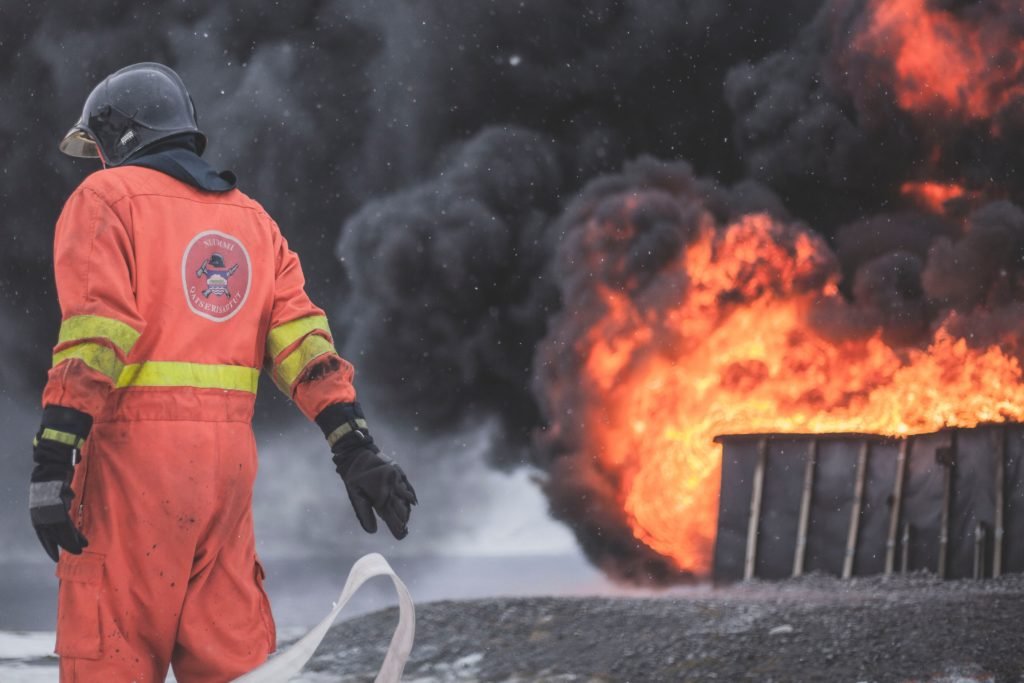
Many retailers are fire safety savvy and completely understand the steps that are needed to make sure their properties are structurally sound and safe in the event of a major fire event occurring.
The major causes of fire in commercial properties can be attributed mainly to electrics and electrical faults, smoking-related incidents or faults with lighting.
Everyone who owns or runs a business needs to make sure they complete a Fire Risk Assessment and, to complement this, make an emergency plan should the worst happen.
What are the main fire risks in retail properties?
Last year’s major fire at the Gordon Working Men’s Club in Morecambe highlighted just how much effort is needed to tackle major problems like these, not to mention the risks that commercial properties face on a daily basis. How can risks be identified and fixed?
The first stage is to look around a commercial property and work out where things could potentially go wrong:
Faults on electrics are common: Often, incidents occur when lighting is placed far too close to materials that are easily flammable, or when appliances are not properly maintained, or tested. Sometimes the electrical infrastructure of a property is no longer in good working order, and so properties may need to be rewired.
Smoking: Incidents in which members of staff who smoke are allowed to do so in inappropriate places can be a fire risk, as can not disposing of smoking materials safely (i.e., making sure cigarettes are extinguished properly)
Rubbish is becoming a problem: An often overlooked cause of fire in commercial properties can come from rubbish or junk which has been left or stored in too tight a space, or in a place which requires public access. The Fire Brigade often report that escape routes in buildings are blocked by rubbish, or that piles of waste materials left behind will increase the potential for arson attacks.
How can you plan for emergencies?
Emergency planning, or knowing how people should escape safely in the event of a fire should also be paramount. The following ideas are worth planning and implementing if they are not in place already.
Do you have a solid emergency plan in place and does everyone in your place of work know how to implement it? If not, then this should be top of the list. Alongside this, regular fire safety drills should be carried out.
If a business has accommodation above it, such as flats, plans must be put into place so residents can escape safely.
Install new systems
Fire detection and suppression systems should be installed and correctly maintained. It’s wise to also consider installing an AOV system to help create the right amount of ventilation on windows in rooms.
Always test
Within the property itself, electrical items and appliances should always be safely tested and maintained on a regular basis to make sure they are functioning correctly. Staff should be educated on the proper use of all electrical equipment, including sockets and the importance of not overloading them. Main electrical systems in all buildings should be regularly tested for fire safety and compliance, once every year as a minimum.
Put policies into place
Smoking policies should be put into place and enforced. Any smokers who work on the premises must adhere strictly to the rules.
Lastly, make sure anyone who either works on or visits the premises who has a disability is factored into any fire safety planning. Those with limited mobility, or who have learning disabilities may not always be as aware or able to act as quickly as others.
Leave a reply